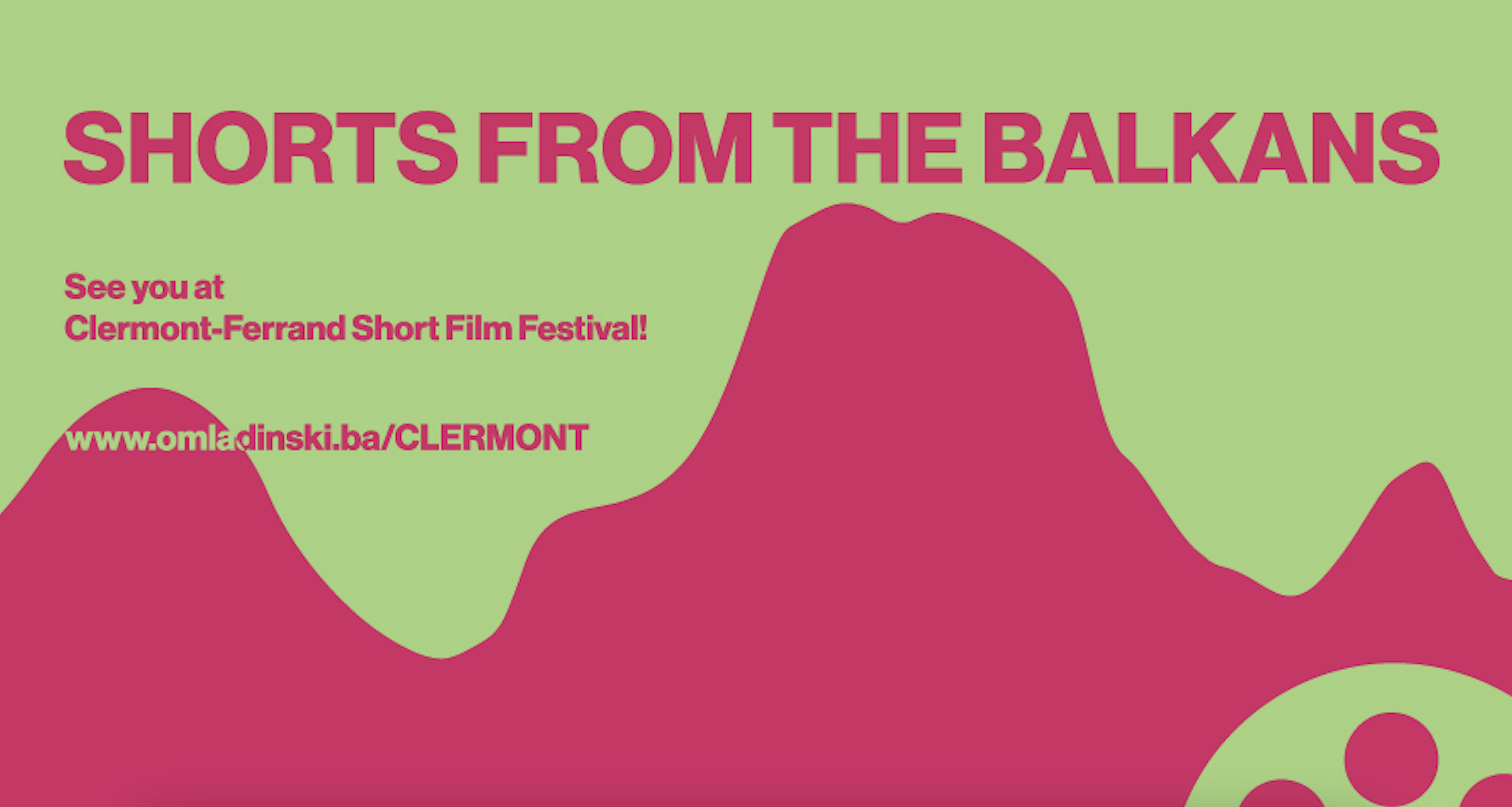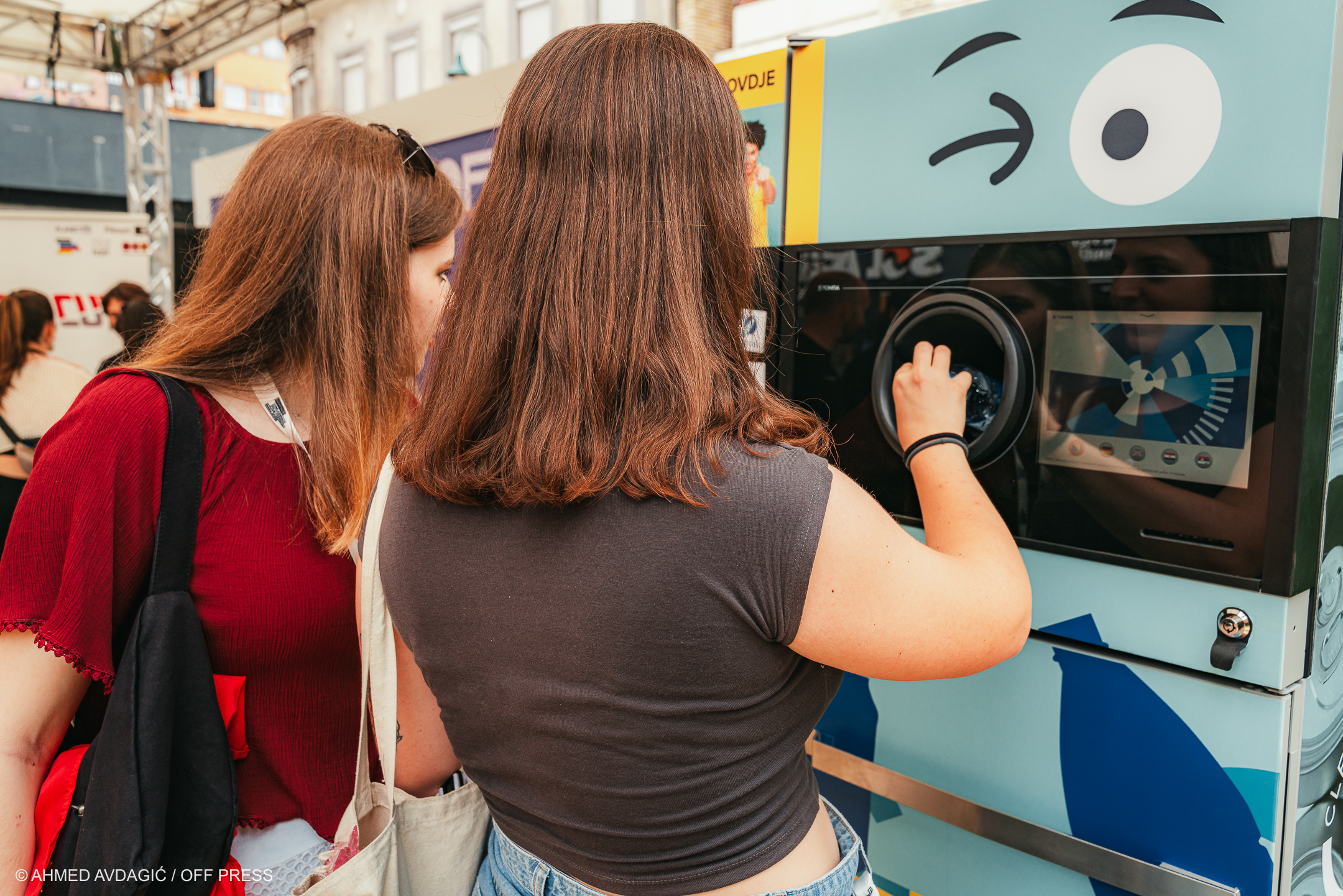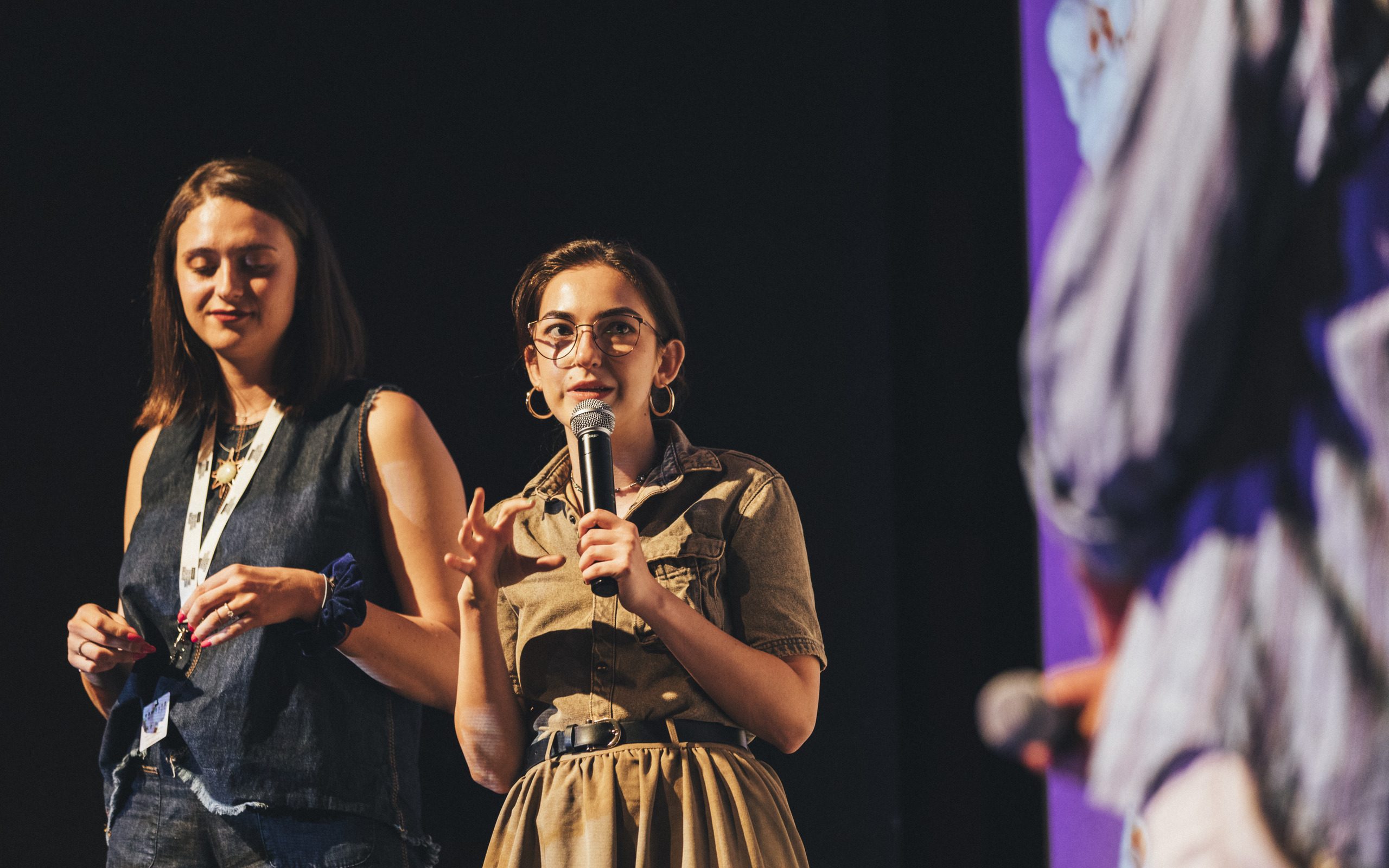Films that do not come from countries where we are used to producing them in mega-productions, mainly the USA, we very rarely have the opportunity to watch in the regular repertoire of cinema halls. Usually, these are films that the exhibitors are forced to release because of the incentives they receive through various funds, but in general, everything beyond Hollywood has wandered into our theaters in one way or another.
But that’s why festivals exist and that’s why true film lovers look forward to them so much. In addition to all kinds of SFF, where too often we don’t know what kind of programming concept is implemented there, the Youth Film Festival is a festival where everything is clear. As its name suggests – it was created by young men and women for their peers, and it brings a program that is focused on promoting youth in every aspect: from the authors, to the themes, to the cast.
Perhaps best in the last couple of years, this is illustrated by the small but huge opus of the Icelandic director Guðmundur Arnar Guðmundsson. With only two feature films, he has already left a very strong mark on the European film map, and Omladinski will show both in his.
His debut full-length production "Heartstone" brings a story based on his own experience growing up in a small fishing village in Iceland. It’s a polarized world, which Guðmundsson himself says makes you both love and hate it, in just two seasons.
The heroes of the story are two best friends, young teenagers Thor and Christian, who spend their childhood in the way they know best and which is not so different from that in Bosnia or, say, some country in South America. It’s simply passing the time, until it’s time for the real exams of growing up, such as dealing with family issues or your own sexuality.
For most of the film, both men are in a dilemma – one has emotions he doesn’t understand, while the other is unsure what to think of his own family, which, like most in the village, suffers from deep inner turmoil. In such a world, where the sun shines for months or is absent for half a year, everyone is naturally somewhat confused. When you add adolescent problems to that, the situation is not at all promising.
Fortunately, Guðmundsson handles the whole story very skillfully and in the manner of an old connoisseur. His vision of a distant and anxious country is clear and unfolds in front of the viewer from frame to frame. However, it is not monotonous either, although it is full of those almost monochronic tones of a dreary and isolated community. On the contrary, Guðmundsson’s film is full of life and hope for those squeezed young souls, who are not sure where they have gone, let alone where they will end up.
The long shots of the stunning Icelandic landscape only complement what the director imagined a long time ago (he says that he has been developing the idea since 2007), and the focus on the details of the actor’s expression reinforces the impression of reality. It goes hand in hand with what the author wanted from the beginning – to create a story that will snatch from oblivion his own memory of that same growing up.
After all, everything mentioned is very difficult to do if you don’t have children in front of the camera who will put your ideas into action. The two main protagonists, one of whom is coming to Omladinski, Blær Hinriksson, carry their characters flawlessly and this thanks has been following them since the premiere of the film in Toronto in 2016, and the screening in Venice of the same year, where the film also won one of the awards. It’s hard to say if the director just let them be who they are or if his directorial methods are impeccable, but the result is truly impressive. You are drawn into this story from the beginning, and it is due to the two of them that the attention does not let up during the two hours of the film.
Polished to the smallest detail but still spontaneous, Guðmundsson’s coming-of-age story is a true gem not only of Icelandic but also of European cinema. As such, he is always welcome at all, including local festivals.





